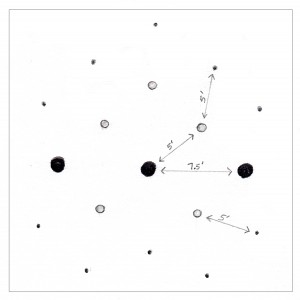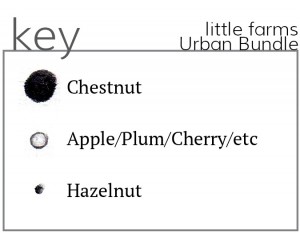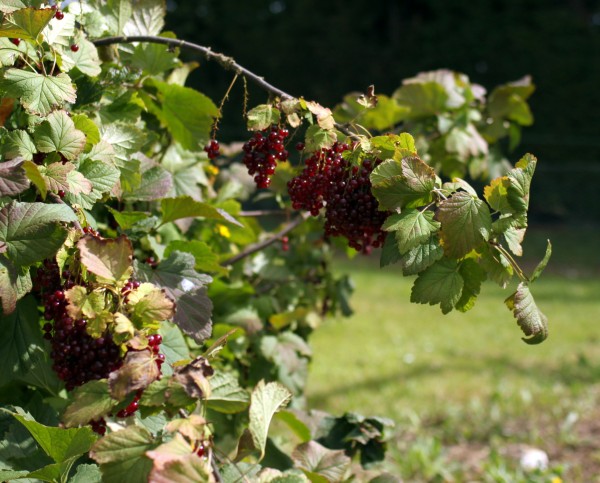This spring has been a good for strawberries. Great, even. Our patches produced enough for multiple quarts daily that we've eaten fresh, frozen, and made into jam. Enough that the afternoon "pick me" call feels more like a chore as days go by. Enough that I revisit this memory often:
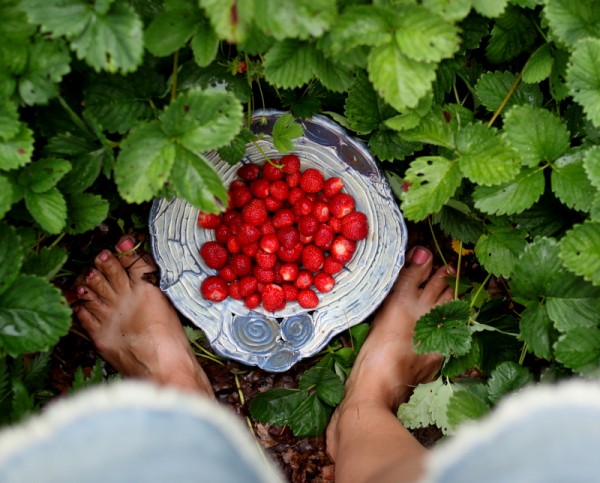
I am nine or ten years old, maybe a little younger. (I judge these things by how many sisters exist in the memory and I think my youngest sister was a baby then.) My family and grandparents are gathered at the Columbus Zoo for a picnic and performance in the old amphitheater along the river. I remember blankets on the grass, a few folding chairs, and a lot of people crowded into a large lawn.
Potluck picnic dishes come out of the coolers. I recall only one, a large translucent yellow Tupperware canister. Great Grandma was a Tupperware lady so Grandma was appropriately outfitted, each woman distinguishing her collection by marking their last name on the lid in wax pencil. Some of these Tupperware still exist in our family and we now wash carefully around the handwritten 'Davis' or 'Ward' because the women who wrote those letters are dear to us.
Inside the Tupperware is an abundance of tiny, ruby red homegrown strawberries. They're freshly picked and topped but kept whole for easy eating by hand.
I'm wowed by these fruit, helping myself to one after another. All are sweet and juicy, undoubtedly my fingers stain red. Some are transcendent, as is the way of homegrown berries. I think Grandma is a super woman for growing and sharing these delicious jewels.
I vaguely recall an admonition for eating so many, or perhaps for not sharing with my sisters. But in my memory, the Tupperware never empties.
I now understand, after a spring of bending over the berry patch, that Grandma might have a different recollection of those strawberry days. By this time of year, I've had my fill of fresh berries and preserved plenty, yet the ripe fruits still beckon. Grandma wouldn't ever let them go to waste and neither do I. So I continue picking, sharing with friends and family, and just maybe creating memories for the future.

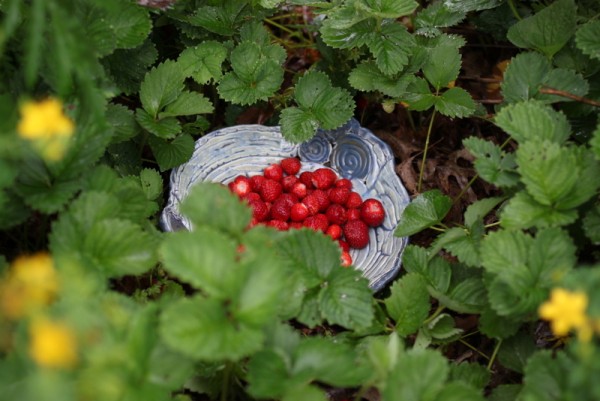
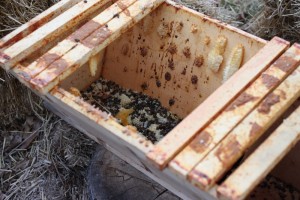
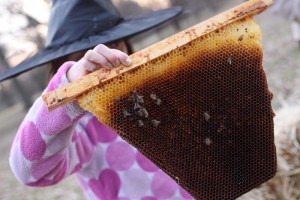
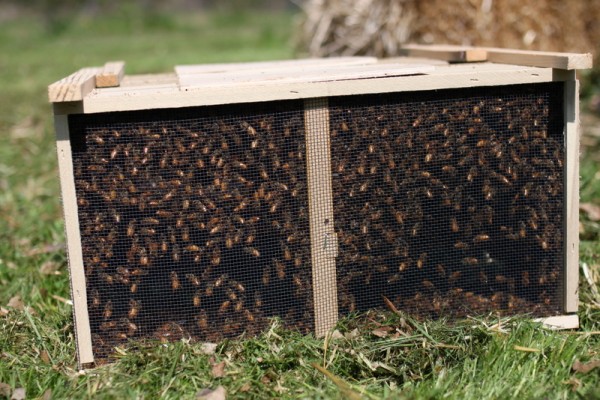
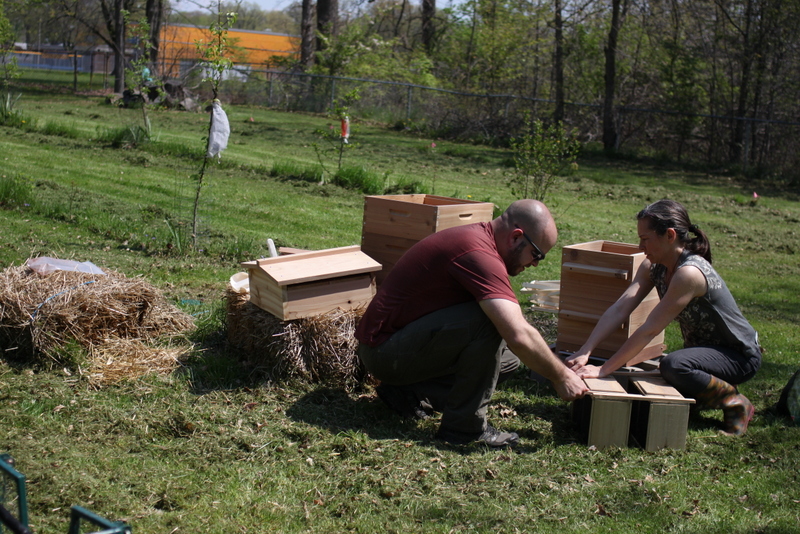
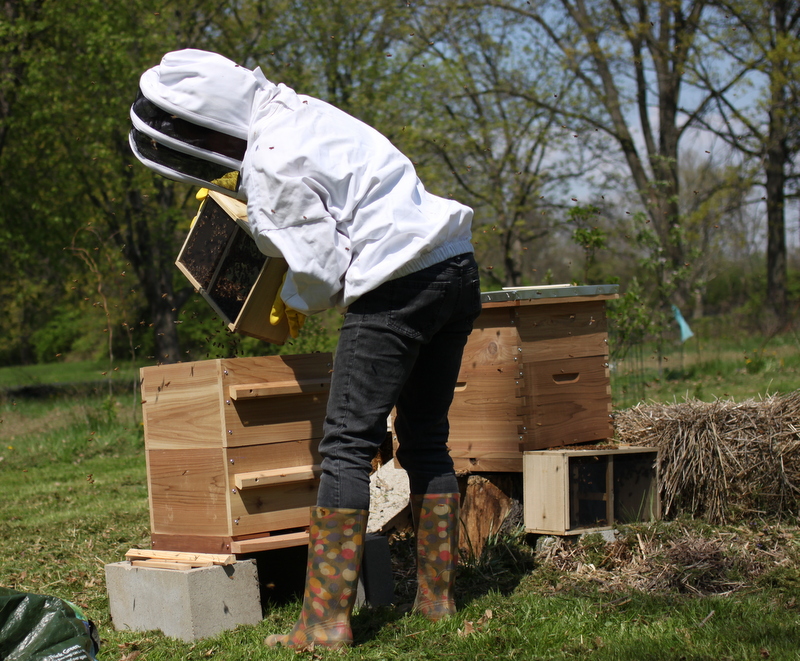
 When we moved here, our property was like a park. We enjoyed big, beautiful trees and bemoaned the excessive lawn. We watched a few species of birds and wild animals, large and small.
When we moved here, our property was like a park. We enjoyed big, beautiful trees and bemoaned the excessive lawn. We watched a few species of birds and wild animals, large and small.

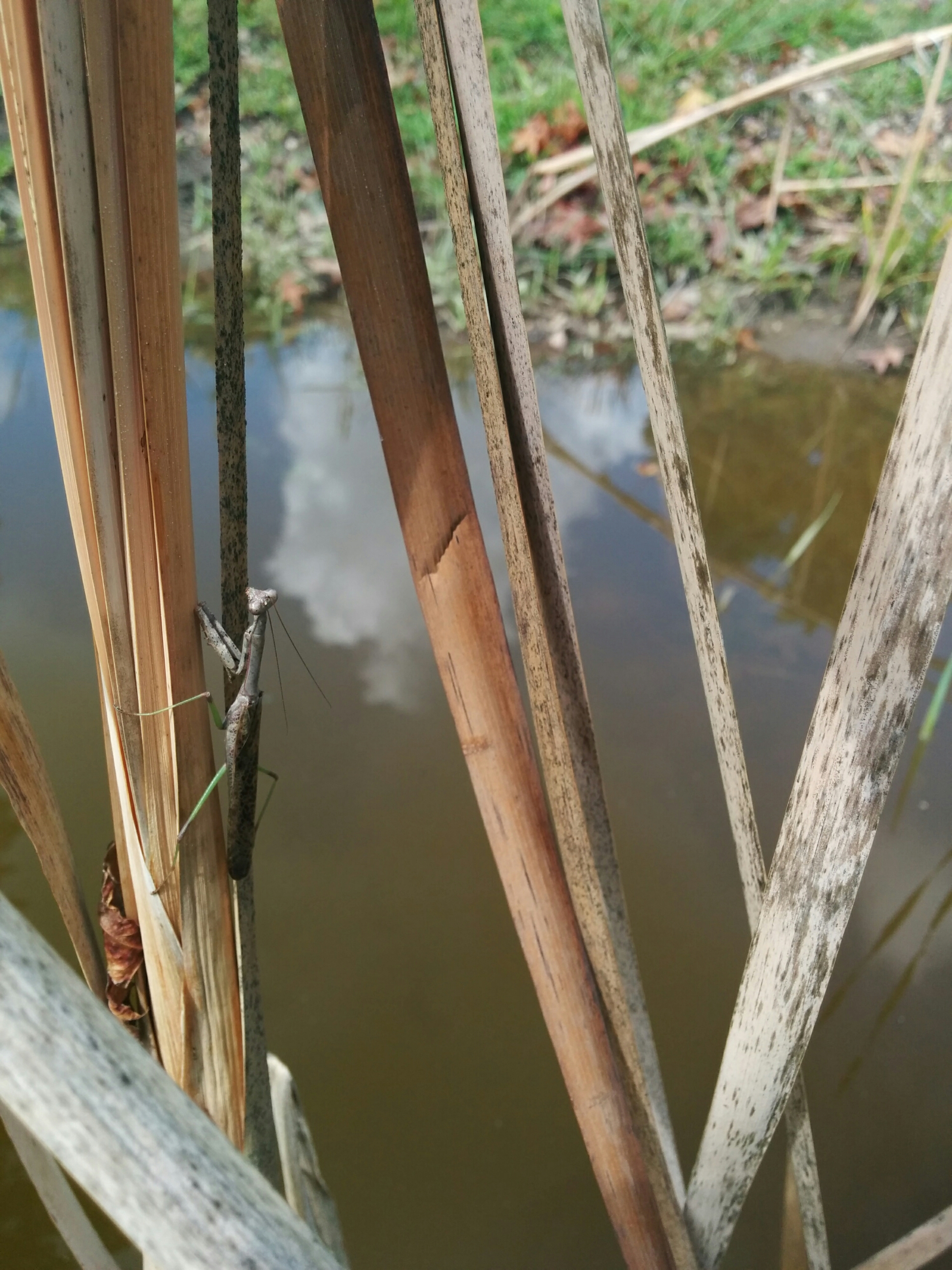

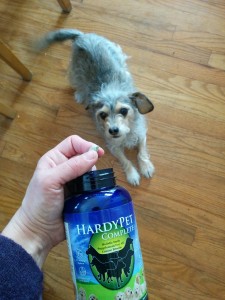

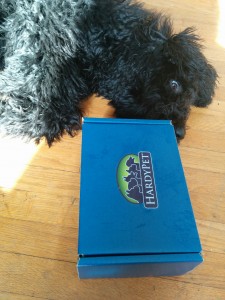
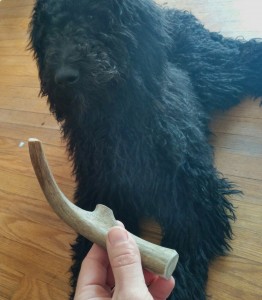 I didn't accept the offer from HardyPet before researching their company. With all the pet food recalls and questionable ingredient sourcing, I wanted to be sure this was a manufacturer whose values matched my own.
I didn't accept the offer from HardyPet before researching their company. With all the pet food recalls and questionable ingredient sourcing, I wanted to be sure this was a manufacturer whose values matched my own.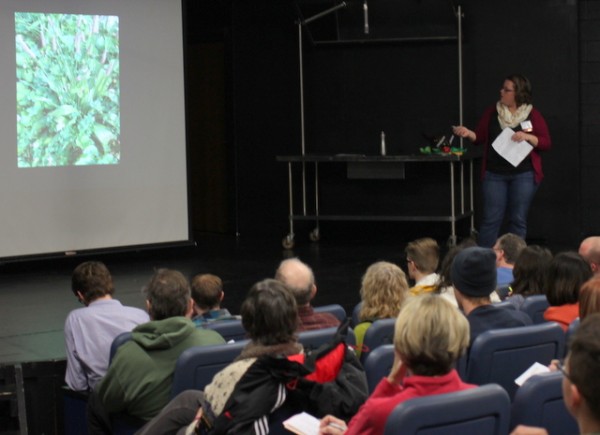
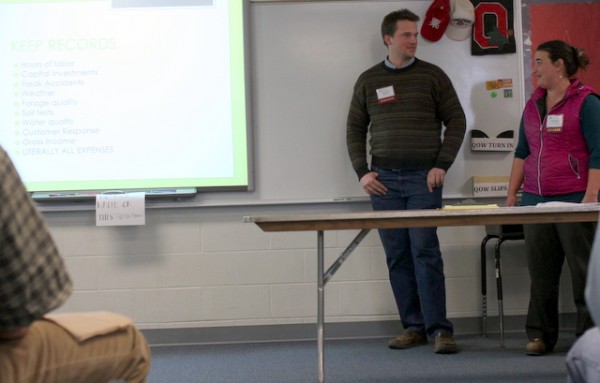
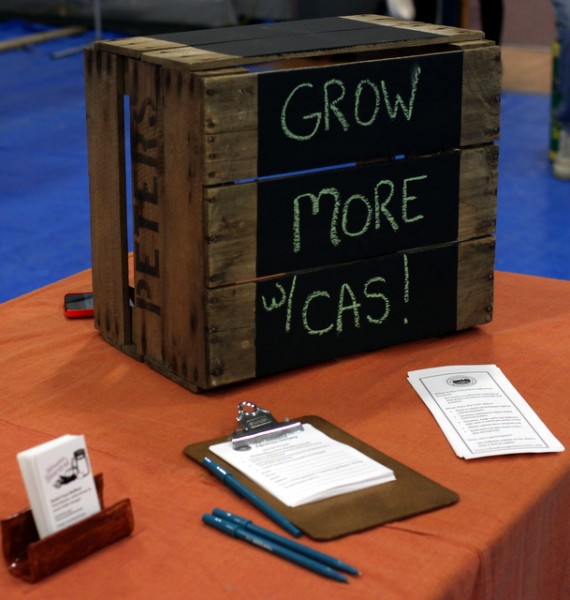

 . This book, a science-based review of how to select and prepare food for maximum nutritional benefit, has transformed my cooking more than any other writing ever. I even taught a class based upon it for The Seasoned Farmhouse.
. This book, a science-based review of how to select and prepare food for maximum nutritional benefit, has transformed my cooking more than any other writing ever. I even taught a class based upon it for The Seasoned Farmhouse.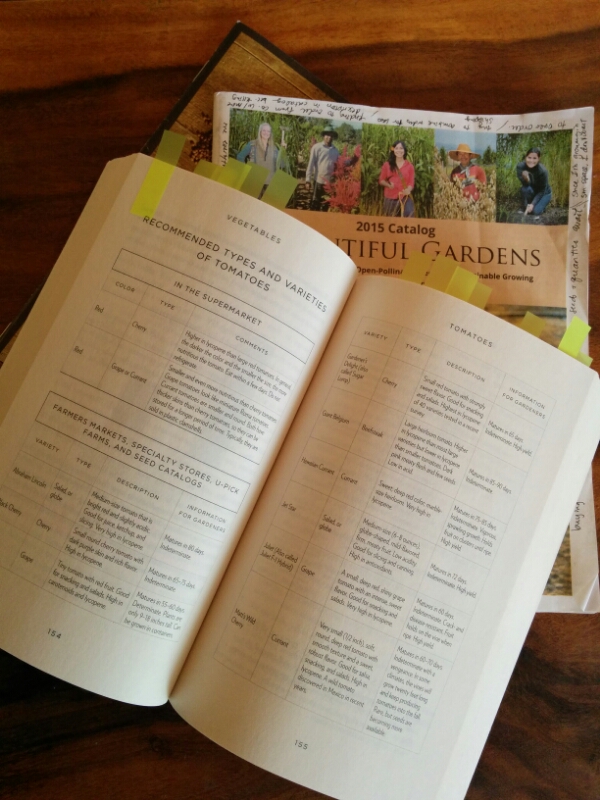

 , I began to see
, I began to see 